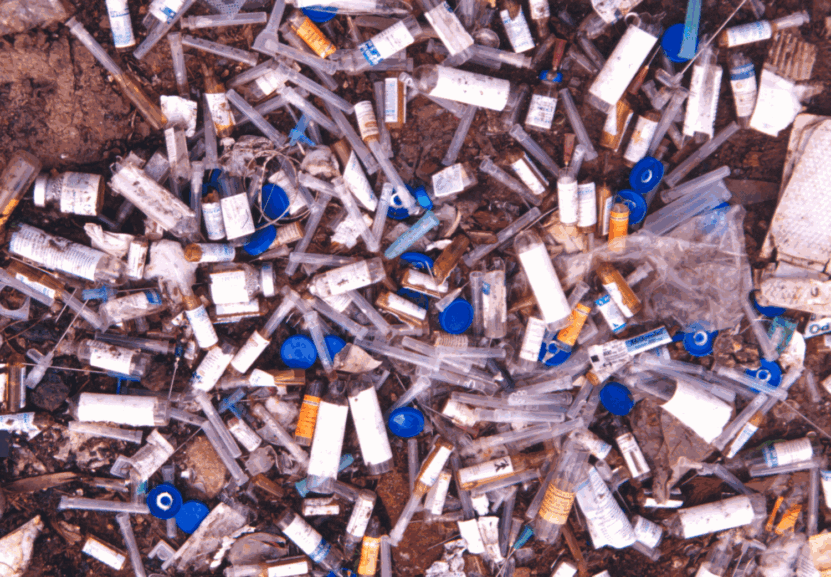Medical waste is any kind of material that has been used or could potentially be used in medical treatment or procedures. It includes such items as needles and syringes, bodily fluids, blood, human tissue, and hazardous chemical waste.
Improper medical waste management can cause a variety of risks to human health and the environment. Therefore, it is essential to understand the risks associated with inadequate medical garbage disposal so that appropriate measures can be taken to prevent them from occurring.
Types of Medical Waste
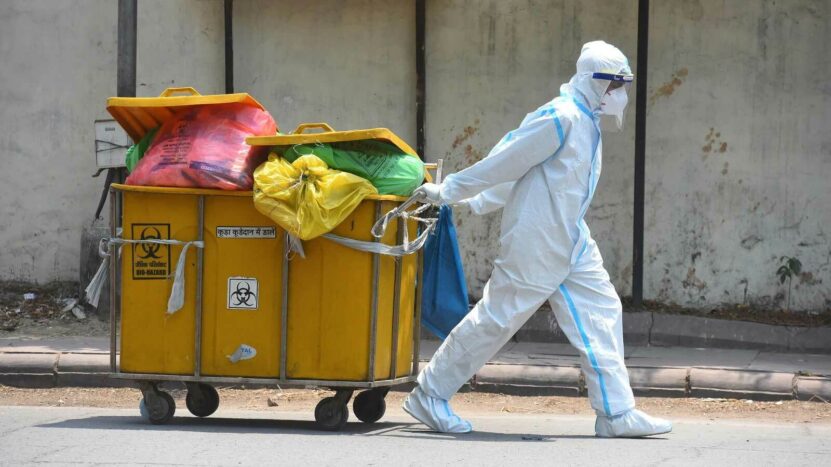
Medical waste is any garbage generated from the diagnosis, treatment, or immunization of a patient. It can include sharps (needles and syringes), body fluids, bandages, human and animal tissue, pharmaceuticals, and more. Proper medical trash disposal is an important preventative measure to protect the public, staff, and environment from exposure to infectious materials.
In order to effectively manage medical waste, it is important to understand the categories of materials that qualify as “medical waste” under both federal and state laws and then proceed to proper waste management by hiring companies like https://www.medwastemngmt.com/
Infectious (Red Bag) Waste
This type of medical waste is composed primarily of human or animal tissue that may be contaminated with blood or other bodily fluids. Examples include cultures and stocks of infectious agents from laboratory work, discarded surgical or autopsy specimens, soiled dressings, or bandages containing blood products such as IV tubing with bodily fluid residue on them.
These materials can carry high concentrations of disease-causing microorganisms like HIV/AIDS virus, Hepatitis B & C virus, or other pathogens that could be transferred through contact with an affected employee’s skin or by inhalation if improperly handled without protective equipment like gloves.
Hazardous (Orange Bag) Waste
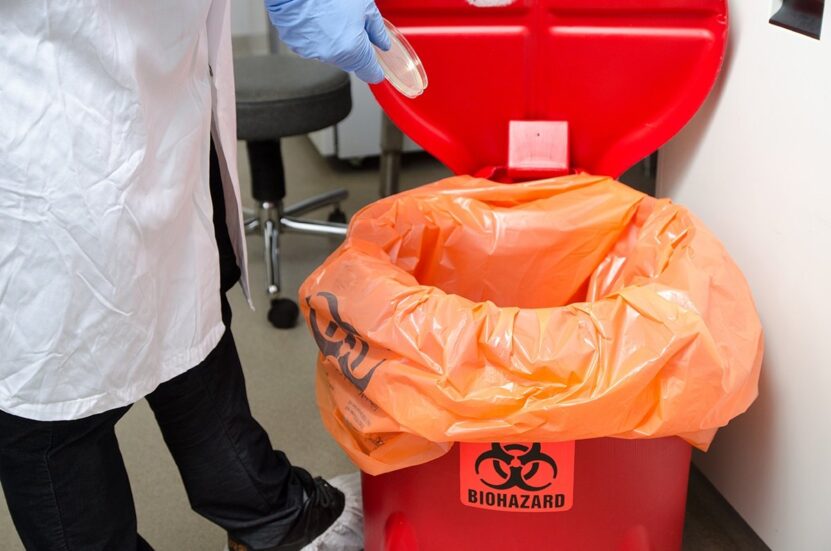
This type of medical trash may contain chemicals that pose a threat to health when not disposed of properly such as carcinogens in chemotherapy drugs or formaldehyde used in some anatomical laboratories.
To distinguish them with other trash types, you should put them in the medical trash cans.
It can also contain corrosives used in cleaning solutions along with lead-containing discarded x-ray films as well as small quantities of radioactive contamination markers associated with certain medications believed to remain present even after disposal at approved facilities.
Non-Infectious (Yellow Bag) Waste
Medical items that come into contact with patients but are unlikely to spread infection due to their nature are referred to as non-infectious medical waste. Examples include bedding linens, cotton inserts used for IV administration, and wound dressings without moisture.
It’s safe to dispose of these items in general trash bags as long as all bodily fluids have been removed beforehand. To ensure safe transportation and recycling, it’s important to avoid accumulation points during transit and utilize designated facilities approved by local governments in your jurisdiction.
Radioactive (Blue Bag) Waste
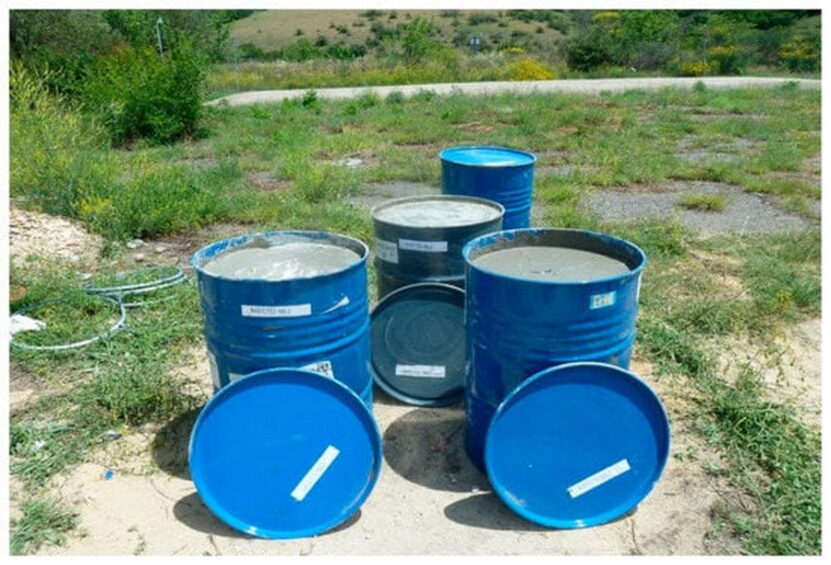
Radioactive materials are commonly used in hospitals for nuclear medicine studies. These isotopes are artificially produced in breeder reactors around the world and distributed globally via freight containers that travel across seas and oceans. The amount of radioactive waste produced varies depending on how heavily these facilities rely on this type of machinery.
Regardless, it’s important to carefully segregate these wastes according to regulations and avoid any contact with those handling them. They should be isolated prior to being collected, stored, compacted, and prepared for shipping off to authorized governmental landfills or special exclusion zones.
These areas should have marked entrances prohibiting unnecessary access from people to ensure safety precautions are respected and maintained. This is crucial for reducing overall pollution, improving public health, and preventing possible ecosystem disasters.
Risks Associated with Improper Medical Waste Disposal
The most common risks associated with improper medical waste disposal are:
- Pollution of air, water, and soil: Improper disposal of certain types of medical trash, such as syringes, sharps containers, and intravenous (IV) bags, can cause pollutants such as heavy metals and microorganisms to leach into the environment. These pollutants can harm both humans and wildlife by contaminating drinking water supplies, waterways, and groundwater.
- Exposing people to infectious diseases: Medical waste that hasn’t been treated correctly or disposed of correctly can contain germ-causing microorganisms that can be spread through contaminated hands or surfaces if not handled properly. Common diseases spread through improper disposal include HIV/AIDS, hepatitis B virus (HBV), and tuberculosis (TB).
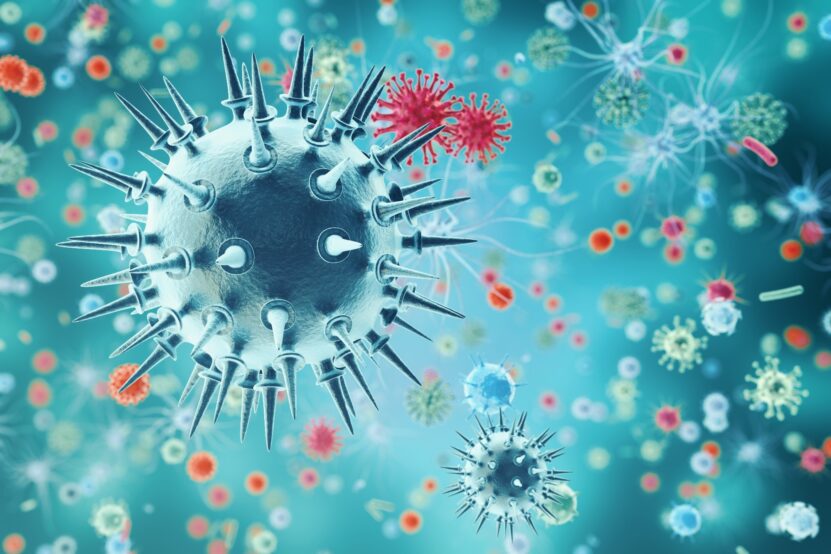
Source: news-medical.net - Physical harm from sharp objects: Improperly discarded sharps like needles are hazardous because they can puncture skin when stepped on or come in contact with workers during collection or recycling operations. They also pose a risk for accidental needle sticks during handling procedures if not managed properly by trained personnel wearing appropriate protective equipment such as gloves, masks and gowns.
- Contamination of food supplies: Improperly stored biological materials may become incorporated into the food supply chain via animal feeds or fertilizers produced from animal dung containing microorganisms that could be hazardous if ingested by humans. These organisms could cause infections such as hepatitis E virus (HEV) which is responsible for outbreaks worldwide due to contaminated pork product ingestion leading to severe symptoms in infected individuals including fever, loss of appetite, abdominal pain nausea among others depending on the age or immunological state of the individual infected.
Regulations and Laws on Medical Waste Disposal
The regulations and laws concerning proper medical waste management and disposal vary from place to place. For example, in the United States, the Environmental Protection Agency (EPA) sets national standards for medical waste management and disposal through its Resource Conservation and Recovery Act (RCRA).
The Occupational Safety and Health Administration (OSHA) also provides guidelines on the safe handling of sharps, hazardous chemicals, flammable materials, and other hazardous materials that can be associated with medical activities.
In addition to these national laws and regulations, it is important for healthcare facilities to become aware of any state or local laws or regulations that may apply in their locale. In some states, medical trash generators are required to report their medical waste management techniques to local regulatory agencies such as county health departments. Proper segregation of different types of waste is often a requirement in different areas as well.
Conclusion
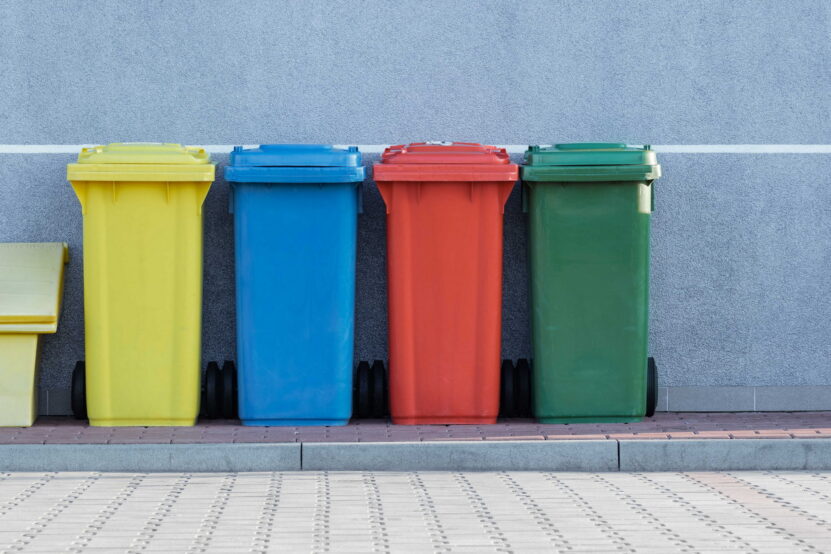
When it comes to disposing of medical waste, proper protocol is a must. Improper disposal can lead to significant risks, such as environmental damage, contamination of local water supplies, and injury or death. Healthcare providers should take all necessary steps to ensure that medical trash is properly treated and disposed of so that these risks are minimized or avoided entirely.
This includes training staff ( visit here) on best practices for disposal and taking the time to construct protocols that are specific to their facility in order to stay in compliance with federal, state, and local regulations. By following these guidelines, healthcare providers can ensure safety while also reducing their own and others’ risk of being exposed to hazardous materials.

